Written by Anthony Roach
I’m Anthony, another of the Identification Trainees who is delighted to part of the Skills for the Future Traineeship based at the Angela Marmont Centre for UK Biodiversity. Prior to the traineeship, I was an Archaeology graduate with a passionate interest in natural history and wildlife conservation. I began this interest in the natural world through the handling, documentation, interpretation and advocacy of natural science collections. I have inspired, informed and enthused museum audiences through workshops, learning activities and science shows using natural history specimens at Plymouth City Museum, Exeter's Royal Albert Memorial Museum and more recently as a Science Educator at the Natural History Museum. I am passionate about museums and learning about wildlife and so signed onto the traineeship because of its broad training in UK biodiversity and work with collections.
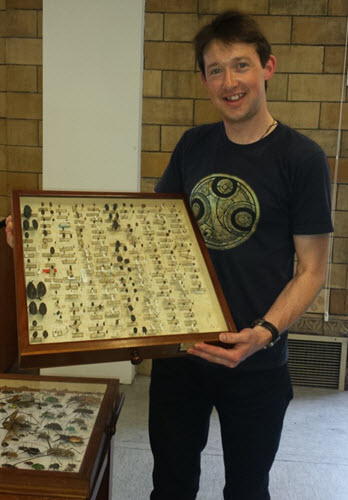
This past month has been a wondrous, but exceptionally busy time for all of us trainees. We have been lucky enough to travel the length and breadth of the country to some truly extraordinary locations as part of our Field Studies Council Placements whilst also undertaking further ID courses with leading experts in their field in beetles, flies and earthworms. Sally, Mike, Katy, Chloe and myself have come face to face with Puffins on the glorious Welsh coast, observed stunning Orchids and relic landscapes in Malham Tarn, seen seashore marvels in coastal havens at Millport, found stunning alpine plants in Snowdonia and recorded the dizzying ecology of river systems in Suffolk.
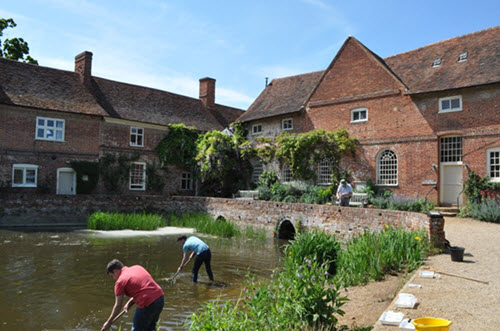
My placement at Flatford Mill was an unforgettable experience. The mill is set upon the River Stour and dates from the 17th century, being famously painted by the landscape painter John Constable. It is the perfect place to study freshwater life and under the excellent supervision of FSC Tutor Adrian Chalkley, I gained a strong understanding of freshwater sampling techniques, how to identify the bewildering diversity of water beetles, mayflies and other freshwater life from local rivers and ponds. I was then able to construct a species list to determine the water quality, faunal diversity and ascertain the health of rivers at several locations. The course has given me the confidence to identify adults and other aquatic larvae under the microscope and an appreciation of the ecology that underlies freshwater systems.
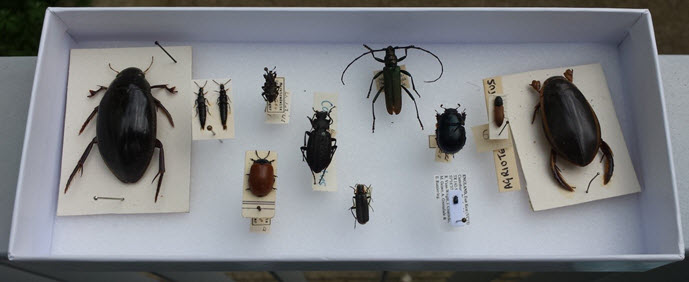
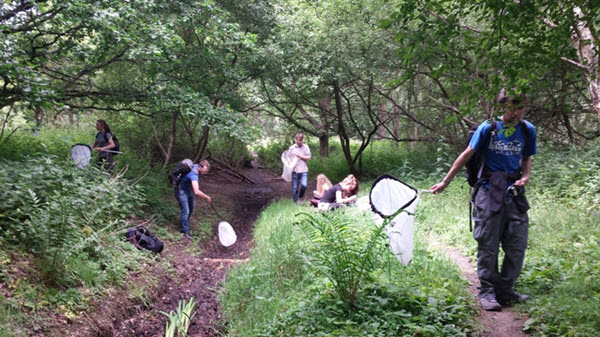
We have all enjoyed the challenges presented by the identification courses over the last month and this is certainly true of the Coleoptera and Diptera. Beetles traditionally have been a popular, well-studied group and their ecology is fairly well known, but there are still over 4000 species in the UK alone. In contrast flies are as ecologically significant and yet, their life histories as developing larvae and their intimate relationships with plants and other insects is lesser known. Hoverflies for instance, are very important pollinators and like beetles, many flies have important ecological functions to play as predators, catching insects on the wing, feeding on carrion or possess herbivorous or detritivorous lifestyles feeding on plants, decaying fungi and wood.
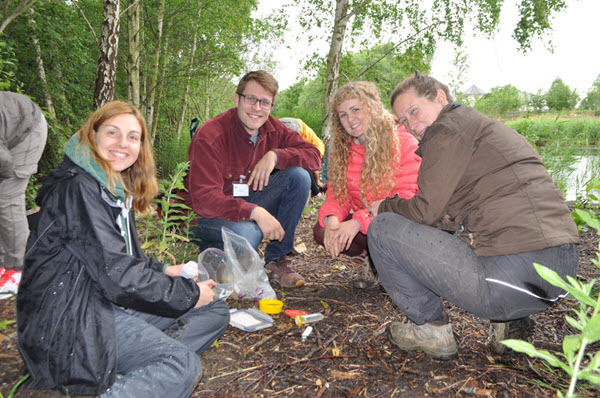
To be able identify both groups we have studied synoptic collections and collected specimens to become familiar with the key characters such as the antennae, tarsal formula and general morphology. In flies, the antennal segments are also important, along with features of the head, thorax and most challenging of all, wing veination. The Earthworms ID course similarly required us to pick out key morphological features such as the shape of the head, number of segments and the location of the ‘saddle’ which denotes an adult.
Highlights for me have been surveying flies on Wimbledon Common with the Dipterists and a fun and muddy day at the London Wetland Centre digging for Earthworms with the team and Emma Sherlock, Curator of Earthworms.
